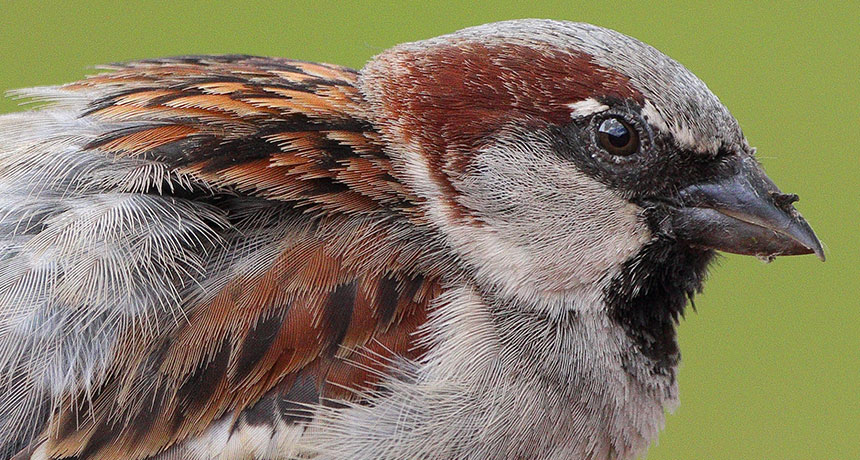Light pollution can prolong the risk of sparrows passing along West Nile virus
Under nighttime lighting, birds take longer to fight off virus attack

ABOUT THAT LIGHT Another reason for caution in lighting up the night comes from a study of house sparrow difficulties in fighting off West Nile virus, which mosquitoes biting the birds can then spread to people.
Thorsten Denhard/Wikicommons (CC BY-SA 3.0)